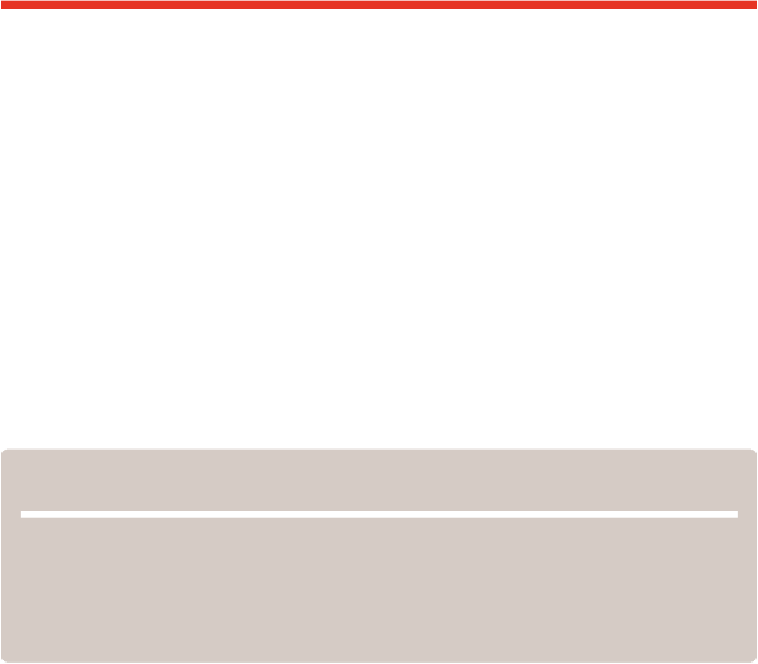Travel Reference
In-Depth Information
PERUVIAN ADDRESSES
A post-office box is known as an
apartado postal
(abbreviated 'Apartado,' 'Apto' or 'AP') or a
casilla postal
('Casilla' or 'CP'). Some addresses have
s/n
(short for
sin numero,
or 'without a number') or
cuadra
('block,' eg
Block 4) after the street name.
Only addresses in Lima and neighboring Callao require postal codes. Those used most often by travelers are
Lima 1 (Central Lima), Lima 4 (Barranco), Lima 18 (Miraflores) and Lima 27 (San Isidro). Note that the word
'Lima' is essential to these postal codes.
Money
Peru uses the
nuevo sol
(S). For exchange rates,
Click here
.
Carrying cash, an ATM card, as well as a credit card that can be used for cash advances
in case of emergency, is advisable. When receiving local currency, always ask for
billetes
pequeños
(small bills), as S100 bills are hard to change in small towns or for small pur-
chases. Carry as much spare change as possible, especially in small towns. Public bath-
rooms often charge a small fee for use and getting change for paper money can be darn
near impossible.
The best places to exchange money are normally
casas de cambio
(foreign-exchange
bureaus), which are fast, have longer hours and often give slightly better rates than banks.
Many places accept US dollars. Do not accept torn money as it will likely not be accepted
by Peruvians. It is best not to change money on the street as counterfeits are a problem.
See the boxed text,
Click here
,
for more.
See also
Click here
f
or information on costs and money.
A NOTE ABOUT PRICES
Prices in this guidebook are generally listed in Peruvian
nuevos soles
. However, many package lodgings and
higher-end hotels will only quote prices in US dollars; likewise for many travel agencies and tour operators. In
these cases, we have listed prices in US dollars.
Both currencies have experienced fluctuations in recent years, so expect many figures to be different from what
may be printed in the topic.


